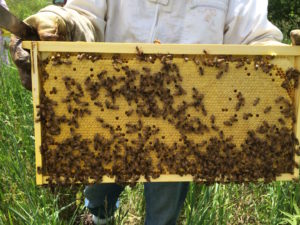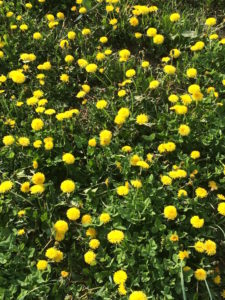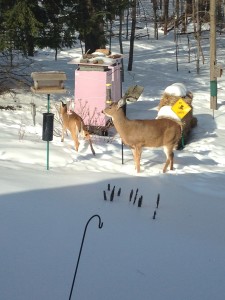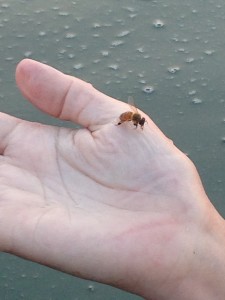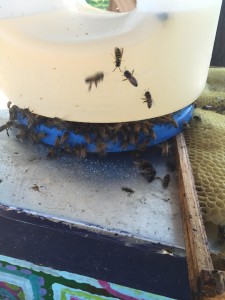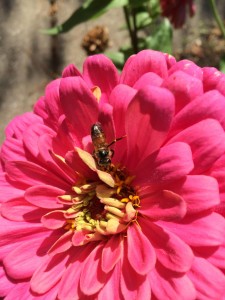(Subtitle: No, they’re probably not about to swarm.)
I’ve received quite a few calls from panicking beekeepers lately, concerned about the swath of bees hanging out on the front of the hive.
It’s called bearding, and it is one of my most favorite things about beekeeping. As I recently explained in a recent Facebook post (you can find me on FB under ‘Charlotte Hubbard, Beekeeper and …’), bees do it because they’re at peak population. When the foraging bees return from the fields late afternoon, they just hang out on the “front porch” so the house bees can try and keep things cool inside and dry down nectar into the honey we all love. The foragers will hang out there all night, catching up on the day … hoping for a breeze, discussing politics or the Olympics. Sometimes, if you look closely in the mornings, you might find find little beer cans, chip bags, and a list of places to pollinate the next day. 🙂
